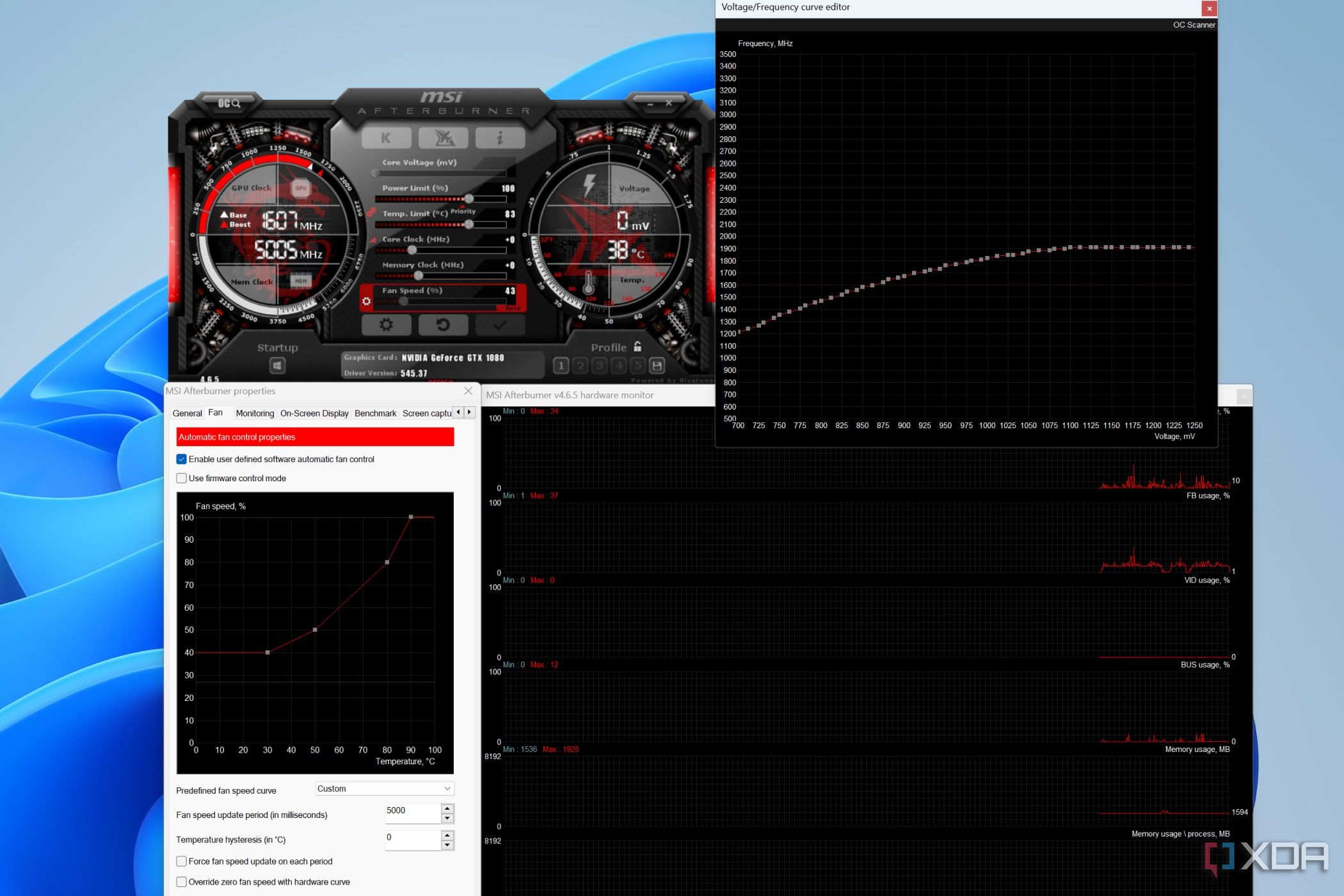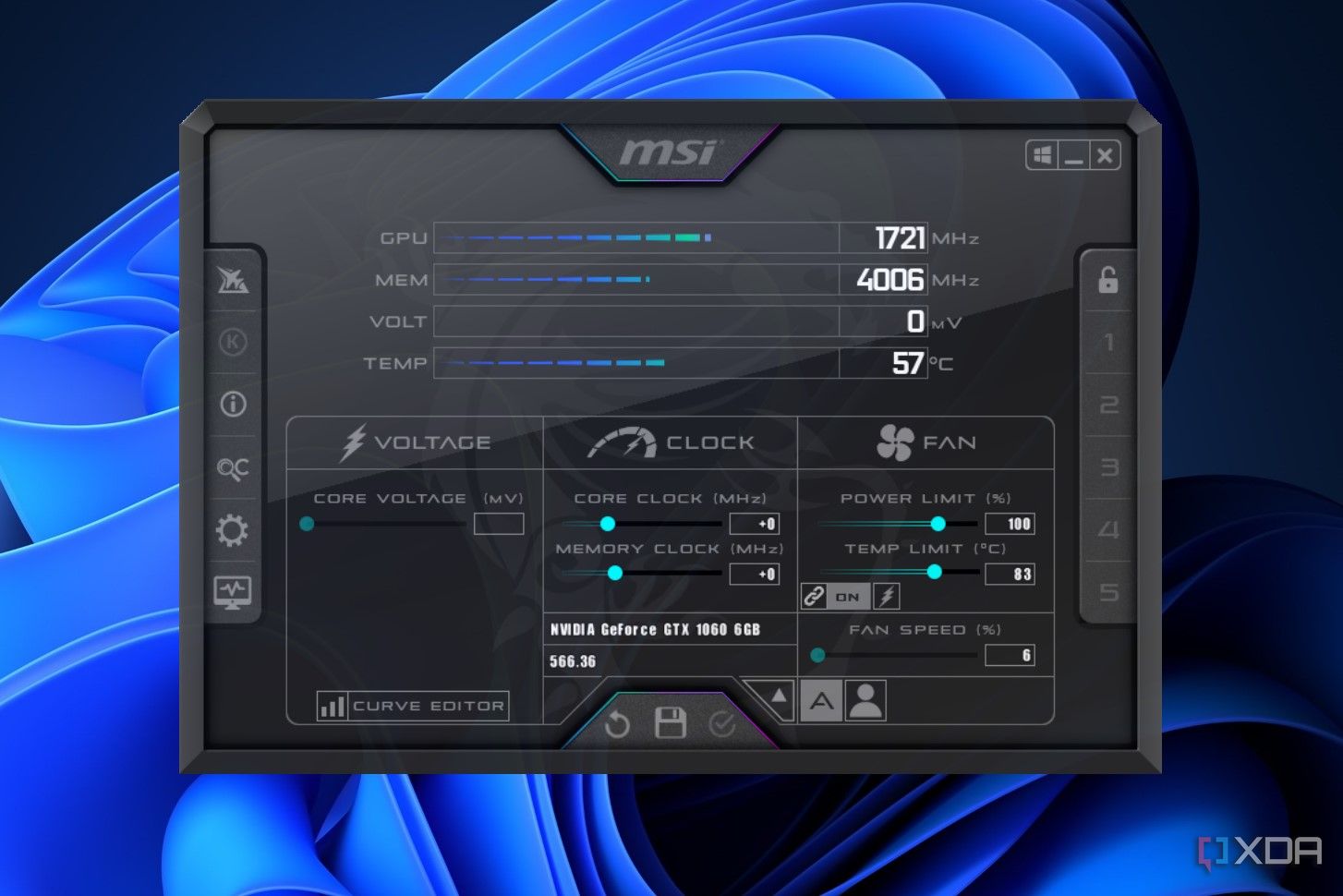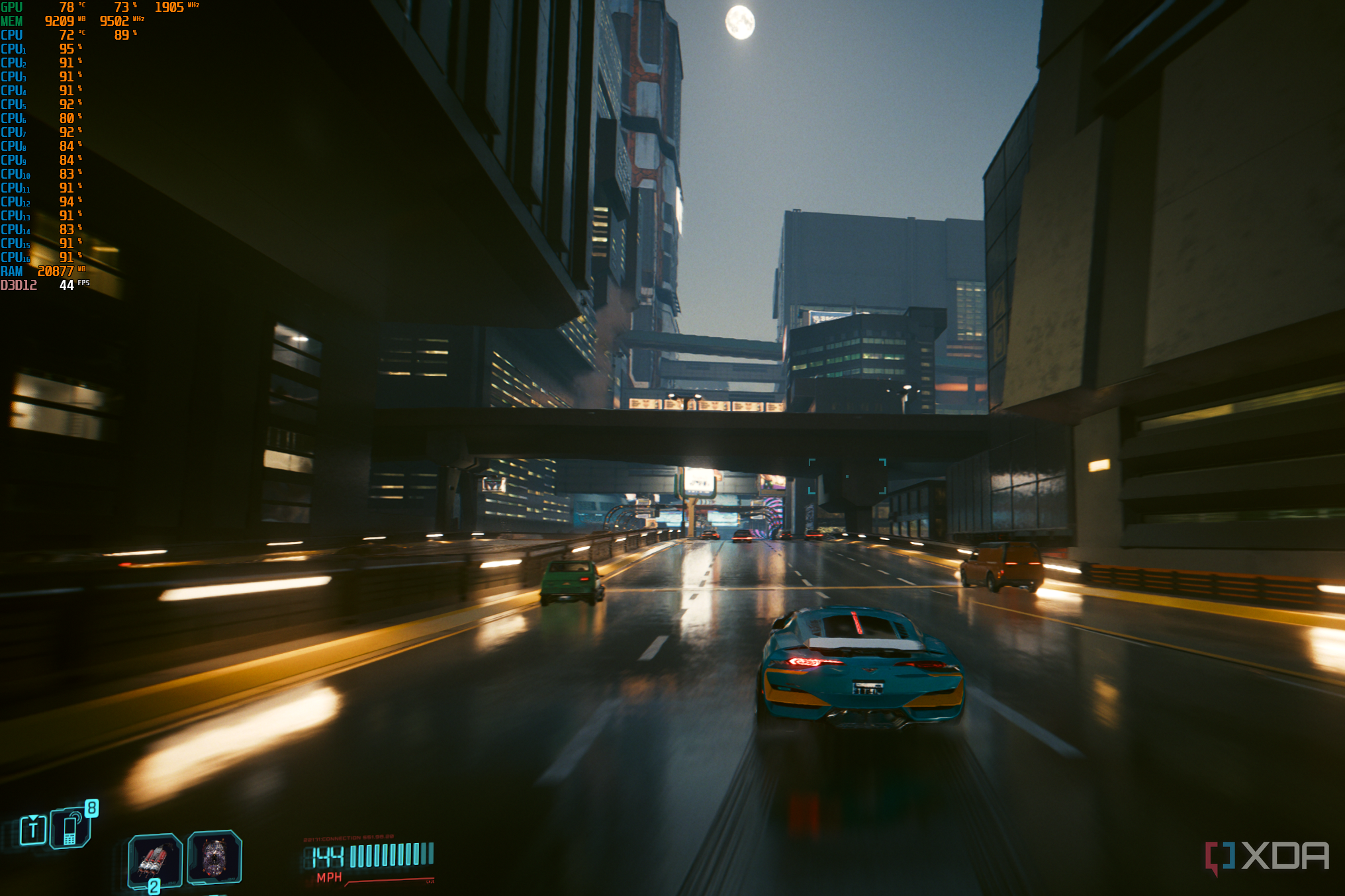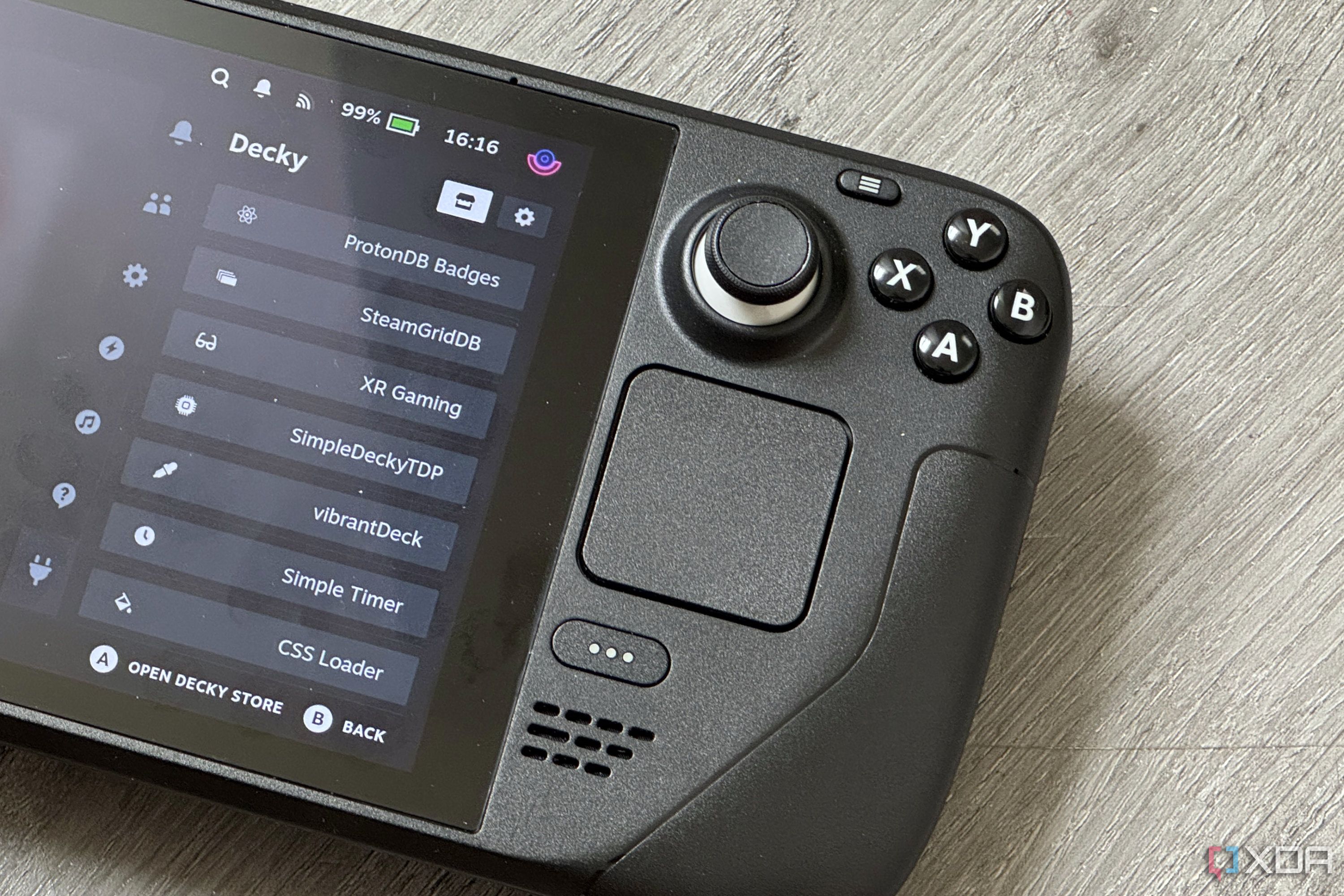Performance monitoring overlays from tools like MSI Afterburner and NVIDIA app are extremely handy for checking how well your hardware performs while gaming or stress-testing your PC. From FPS count to CPU clock speeds and GPU temperature, you can view all the information you need while actively playing your favorite games. But after using these tools regularly for well over a decade, I've realized that my peace of mind is more important as a PC gamer — after all, ignorance is bliss.
No, I haven't uninstalled any of these tools. There are times when a new AAA game comes out, and I just want to see how my RTX 4090 handles it at maxed out settings. But that's usually a 5-minute test run to get an idea of the frame rates I'll be playing at, and once that's done, I don't touch it again. That's because constantly tracking these metrics negatively impacted my gaming experience; they became a needless source of anxiety and distraction. Let me explain.

Related
How to use MSI Afterburner to overclock and monitor your PC
From overclocking to undervolting, MSI Afterburner is a really useful software. Here's how you can use it to improve your GPU's performance.
3 Distractions while gaming
Should I focus on the game or look at the numbers?
I play a lot of competitive shooters, which requires me to be "locked in" if I want to rank up and not get yelled at by my teammates. The last thing I want to do is constantly glance at the corner of my screen where the performance monitoring overlay appears to make sure my frame rates are optimal. Although not to the same extent, these overlays can be distracting even while playing single-player games; it's only a matter of time before you miss a crucial part of the story.
Getting quick insights into your CPU and GPU performance without alt-tabbing and opening a dedicated tool is certainly helpful, but it quickly becomes an intrusive distraction. We all spend so much money on our PCs to have a good time playing our favorite games, but these overlays just ruin the immersion. It's almost like constantly checking your phone while watching a movie. Without a performance-monitoring overlay appearing at the corner, I can stay focused while gaming and be truly satisfied with my experience.
2 Increased performance anxiety
I'm done chasing optimal frame rates and temperatures

Having hardware stats appear on the screen seems valuable until it creates performance anxiety. Sooner rather than later, I find myself constantly worrying about metrics like my CPU temperature and GPU usage, or checking whether my CPU is bottlenecking my GPU. Every minor FPS dip or subtle temperature increase while gaming felt alarming. Being hyper-aware of every single anomaly is the last thing I want, especially when I view gaming as a way to sit back and relax.
With a performance monitoring overlay on your screen, you'd frequently want to tweak your GPU clocks, CPU voltage, and graphics settings just to get the FPS numbers you want. Sometimes, making these changes could result in more serious problems like crashes, micro-stuttering, and artifacts. Over time, I've realized that it's totally okay not to get perfect frame rates that I see in benchmark videos. Disabling the overlays has helped me become far less sensitive to minor fluctuations in frame rates—as long as the game runs buttery smooth, nothing else matters.
1 Visual clutter and performance hit
Using overlays means more background processes

Overlays show information gathered by monitoring tools that are constantly running in the background. And you probably already know how background processes can affect your PC's performance, especially while gaming. Sure, their impact may be negligible in most cases. Still, I assure you there have been times when I faced frame time inconsistencies, higher latency, and even crashes just because a game doesn't work well with monitoring tools; modern competitive games with anti-cheat systems are notorious for this.
More importantly, the visual clutter these overlays add to your screen is hard to overlook. Being distracted by metrics is one thing, but many games show the map and other HUD information exactly where the overlay appears. MSI Afterburner's overlay displays so many hardware stats that it takes up the entire top-left corner of my monitor, making it hard to spot critical in-game cues. Considering how much I like minimalism, the intrusive nature of performance monitoring overlays is a no-go, especially during extended gaming sessions.
Gaming without metrics is a liberating experience
Avoiding performance monitoring overlays altogether might feel counterintuitive, especially if you're an enthusiast who values optimized hardware performance. However, the reality is that gaming becomes so much more enjoyable when you're focused on the game itself rather than obsessively tracking metrics. Overlays can create needless anxiety, distract from immersion, and provide minimal actionable insights during typical gaming sessions. Disabling these overlays isn't about sacrificing knowledge or control—it's about reclaiming the pure, immersive joy of gaming.
It's nice to know how well your PC fares in a game sometimes, but I'd save that for a dedicated benchmarking session or when I want to troubleshoot issues. This way, my gaming sessions feel relaxed and immersive without unnecessary distractions or visual clutter. If you've ever found yourself staring more at FPS counters than the game itself, ditching overlays may be a decision you won't regret.

Related
5 tools for diagnosing and fixing PC hardware issues
Diagnosing your PC hardware can be tiresome, but these five tools aim to make your life easier
.png)










 English (US) ·
English (US) ·